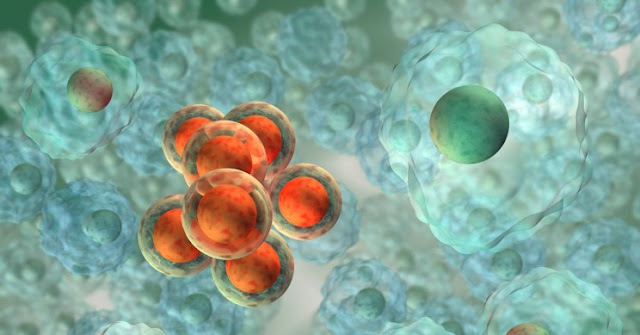Magnetic Nanobot Travel in Cells
Magnetic Nanobot Travel in Cells
In what might be the most noteworthy news this week, specialists have built a lot of attractive 'tweezers' that can put a nano-scale dot inside a human cell. The advancement is a piece of University of Toronto Engineering teacher Yu Sun's work.
Examining live cells
Sun and his group have been building robots that can both control and measure single cells. Presently, they need to make their work one stride further.
"Up until this point, our robot has been investigating outside a structure, contacting the block divider, and attempting to make sense of what's happening inside," said Sun. "We needed to convey a robot in the structure and test every one of the rooms and structures."
Basically, the scientists need to test living cells. To do as such, they require further developed innovation. "Optical tweezers - utilizing lasers to test cells - is a famous methodology," said Xian Wang, the Ph.D. applicant who led the exploration.
Wang structured a novel framework that takes into consideration an attractive iron dab, around 700 nanometers in measurement, to be put with incredible accuracy inside a cell. Wang then controls the globule through a PC produced calculation.
"We can control the situation to inside a few hundred nanometers down the Brownian movement limit," said Wang. "We can apply powers a request of extent higher than would be conceivable with lasers."
Considering malignancy cells
In the event that you are pondering what the applications are for such a tiny mechanical framework, Sun and his group utilized theirs to consider bladder disease cells. They were compelling in estimating cell cores in unblemished cells.
SCIENCE
New Promising Nano-Based Technique to Detect Cancer
What they found was that the core isn't similarly hardened every which way. "It's somewhat similar to a football fit as a fiddle - precisely, it's stiffer along one hub than the other," said Sun. "We wouldn't have realized that without this new system."
Be that as it may, Sun does not have any desire to restrict his work to just analyzing disease cells. He trusts his examination could offer potential new medicines.
"You could envision acquiring entire swarms of these nano-bots, and utilizing them to either starve a tumor by obstructing the veins into the tumor, or annihilate it specifically by means of mechanical removal," said Sun. "This would offer an approach to treat malignant growths that are impervious to chemotherapy, radiotherapy, and immunotherapy."
The examination isn't using any and all means prepared for clinical organization, yet Sun and his group are as of now starting creature tests.
"It's not exactly Fantastic Voyage yet," he stated, in reference to the 1966 sci-fi film where a submarine team is contracted to infinitesimal size to wander into a human body.
"However, we have accomplished exceptional exactness in position and power control. That is a major piece of what we have to arrive, so stay tuned!"







No comments